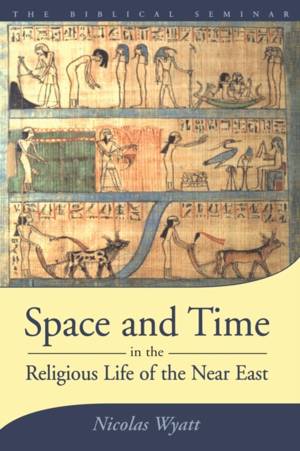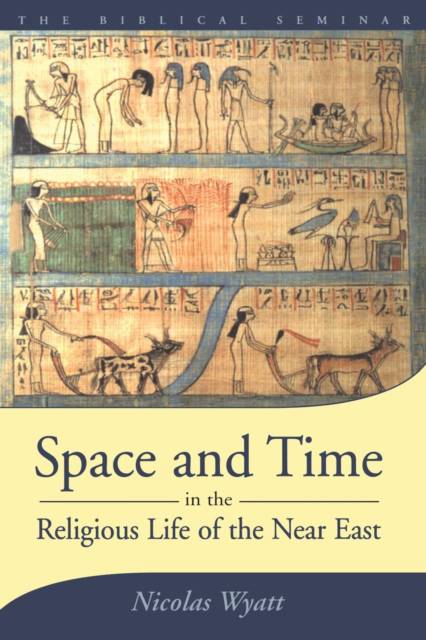
Bedankt voor het vertrouwen het afgelopen jaar! Om jou te bedanken bieden we GRATIS verzending (in België) aan op alles gedurende de hele maand januari.
- Afhalen na 1 uur in een winkel met voorraad
- In januari gratis thuislevering in België
- Ruim aanbod met 7 miljoen producten
Bedankt voor het vertrouwen het afgelopen jaar! Om jou te bedanken bieden we GRATIS verzending (in België) aan op alles gedurende de hele maand januari.
- Afhalen na 1 uur in een winkel met voorraad
- In januari gratis thuislevering in België
- Ruim aanbod met 7 miljoen producten
Zoeken
Omschrijving
Space and time are basic features of the world-view, even the theology, of many religions, ancient and modern. How did the world begin, and how will it end? What is the importance of religious architecture in symbolizing sacred space? Where and how do we locate the self? The divine world? Wyatt's textbook treats ancient Near Eastern religions from a perspective that allows us to access how religion shapes and orders the world of human thought and experience. The book is designed especially for classroom use, each chapter provided with suggested reading, copious quotations from ancient texts and summaries. The subject matter is treated by topic, not according to individal religions, so that the reader understands the essential points of similarity and difference between religious systems and how they model their universe.
Specificaties
Betrokkenen
- Auteur(s):
- Uitgeverij:
Inhoud
- Aantal bladzijden:
- 370
- Taal:
- Engels
- Reeks:
Eigenschappen
- Productcode (EAN):
- 9781841272887
- Verschijningsdatum:
- 17/12/2001
- Uitvoering:
- Paperback
- Formaat:
- Trade paperback (VS)
- Afmetingen:
- 152 mm x 231 mm
- Gewicht:
- 566 g

Alleen bij Standaard Boekhandel
+ 542 punten op je klantenkaart van Standaard Boekhandel
Beoordelingen
We publiceren alleen reviews die voldoen aan de voorwaarden voor reviews. Bekijk onze voorwaarden voor reviews.









